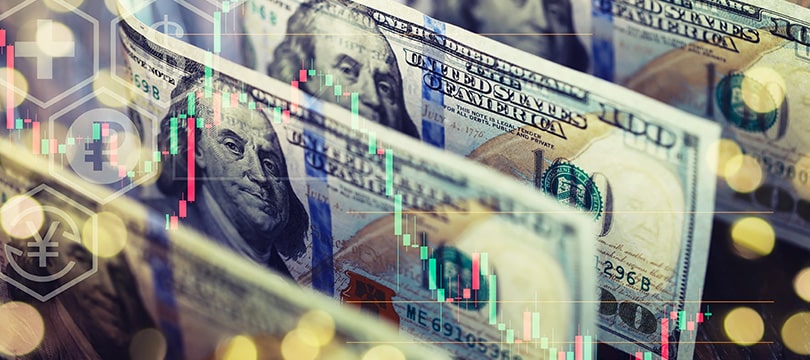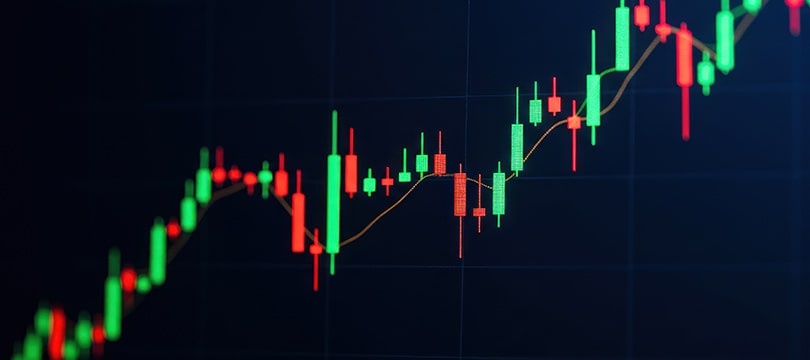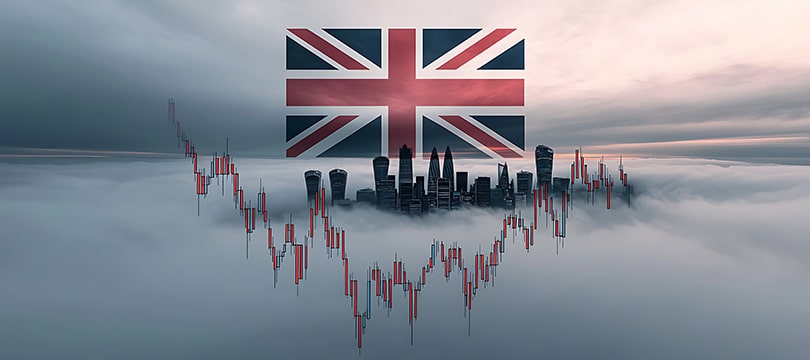Macroeconomic Policies have a significant impact on Forex Trading. An impact that investors cannot afford to ignore. The risk is to grope in the dark, to confer
randomness to one's trading action, to lose control of one's investments.
It is therefore worth delving into the issue and describing in detail the impact of macroeconomic policies in the world of Forex. We will do this in this guide, which will conclude with some useful advice on how to defend oneself from macroeconomic events and, where possible, exploit them to one's advantage.
Why We Can Talk About "Impact"
We can talk about impact, and heavy impact at that, for at least two reasons.
Firstly, the fundamental element of Forex, i.e., currencies, do not act in a stand-alone context,
they are not by their nature simple investment assets. They are the instruments through which economic actors operate, through which economic activities acquire consistency and substance. In short, they do not lie in watertight compartments, sheltered from external influences.
Secondly,
currencies are partly heterodirected. That is, they are managed by specific entities, which are called upon to intervene precisely when imbalances occur regarding their value, imbalances that can give rise to potentially devastating phenomena such as high inflation and high deflation. Obviously, we are talking about central banks. And it is precisely they who elaborate - or influence - much of what is commonly known as "macroeconomic policy".
At this point, it is worth providing the definition of macroeconomic policy.
Macroeconomic policy is defined as an action undertaken by higher-level institutions, such as central banks (and national governments), in order to affect economic activities at an aggregate level.
Increasing or reducing interest rates is macroeconomic, specifically
monetary, policy, as it indirectly determines the amount of money that, through the passage from central banks to commercial banks, reaches the real economy.
Increasing or reducing taxes is macroeconomic, specifically
fiscal, policy, as they determine the extent of private investment and the spending capacity of economic actors (companies, households, individuals, etc.).
Macroeconomic Policies and Forex
Below we analyze the impact of the main types of macroeconomic policy. We will talk about monetary policies, fiscal policies, and policies that directly or indirectly determine the balance of payments. Finally, we will go a little further, illustrating the impact of real economy performance.
The Impact of Monetary Policies
Monetary policies have an enormous impact on Forex and particularly on currency pair quotations. The truth is that central bank actions determine the value of a currency, or at least aspire to do so.
Specifically, when
interest rates are increased, the currency tends to strengthen. When interest rates are lowered, the currency tends to weaken. The same goes for the intensification of Quantitative Easing programs (or even just the purchase of government bonds on the secondary market) and their easing, if not even their suspension, respectively.
The verb "tend" is appropriate. Obviously, the adjustment of interest rates or Quantitative Easing programs is just one of the factors that influence currency values, albeit a very impactful one.
The Impact of Fiscal Policies
Fiscal policies include, as we explained a few paragraphs ago,
increasing or reducing taxes. However, they also include public investments. In any case, the result does not change.
When a government adopts a "light" approach from a fiscal point of view, the economy tends to grow and the currency tends to strengthen. Conversely, when a government adopts "stringent" approaches (e.g., austerity policies), the economy tends to contract and the currency tends to weaken.
The reason for these dynamics, for this link between the real economy and currencies, lies in a simple fact:
the currency is an expression of the strength of the economic context in which it operates. Net of exceptions, which do exist, strong currencies correspond to strong countries, weak currencies correspond to weak countries.
The Balance of Payments
The balance of payments is the difference between the value of exports and the value of imports. It is a fundamental parameter, which affects the value of currencies, obviously with respect to others.
In essence, when the balance is positive or tends to grow, the demand for currency increases and the same can be said for its value. If the balance is negative or tends to decrease, the demand for currency decreases and the same can be said for its value.
The Performance of the Economic System
It is worth talking about the relationship between currency strength and the health of the economic system. A very close relationship since, as we have said, the currency is an expression of an economy. Here we report the main indicators to keep an eye on.
- GDP. It is the economic parameter par excellence. Gross Domestic Product, with all its limitations, summarizes the growth of an economy.
- Industrial production. Even today, in the 21st century, the industrial production, the performance of the secondary sector, affects the fate of an economy.
- Unemployment rate. The labor market is also decisive for the conditions of an economy, also because it affects consumption and therefore the profits of companies.
- Inflation. A fundamental parameter, which determines the stability of an economy. Countries with galloping inflation are generally judged to be weak and unstable.
- Confidence indicators. The reference is particularly to the various PMIs (Purchasing Manager Index), which detect the confidence of operators and therefore provide evidence on future prospects.
How to Defend Oneself from Macroeconomic Policies
In short, there are numerous "macro" phenomena that a Forex trader is called upon to monitor and somehow manage. A mission that may appear complex, but that cannot be neglected. The risk is to act passively, suffering changes and events, investing "at random".
It is therefore worth providing some general indications.
- Practice good fundamental analysis. Fundamental analysis is the study of external events that can impact the market. Therefore, it includes the study of macroeconomic policies, reflection on their impact on currencies, etc. It lays the foundation for developing a forecast on macroeconomic decisions. Obviously, precisely predicting anything when it comes to trading is impossible. However, the development of various scenarios allows for putting in place effective intervention plans.
- Monitor the economic calendar. The economic calendar is the most useful tool for those who want to "defend" themselves from macroeconomic dynamics. In fact, it reports the most important events, which often include meetings where real economy data are communicated but even more often meetings where decisions are communicated. For example, the press conferences of central banks that serve to announce rates. Not infrequently, they are followed by important movements in the markets.
- Tighten risk management activities (if necessary). When the period is uncertain and macroeconomic policies follow one another, change and seem to elude a precise direction, the trader, rather than exiting the market, could tighten risk management activities, i.e., reserve an even narrower margin for losses, operate with an even more conservative approach. It is a matter of updating one's activities to an increase in risk, while waiting for better times.
- Develop hedging strategies. One can also think of some hedging strategies, which in any case are part, albeit latu senso, of the broader category of "risk management". The reference is to some specific approaches, such as spread trading (which, however, if done in an improvised manner can lead to a reduction in profits); but also to some more daring approaches, such as those that exploit derivative instruments to be able to sell before buying.




